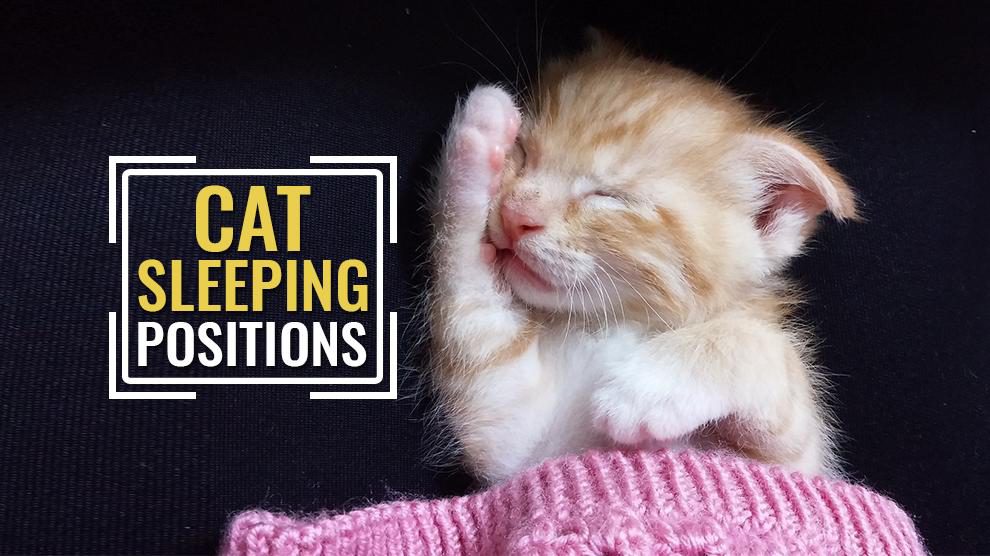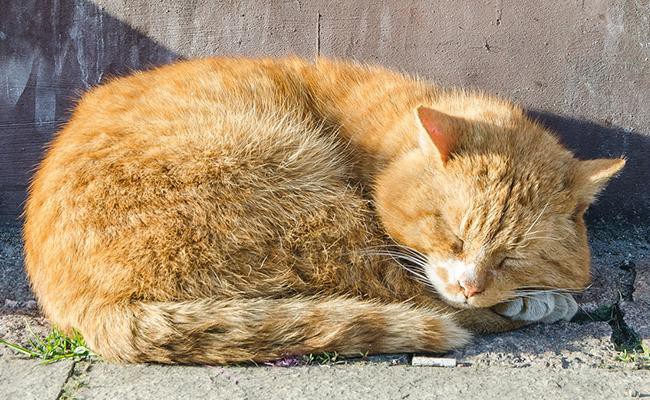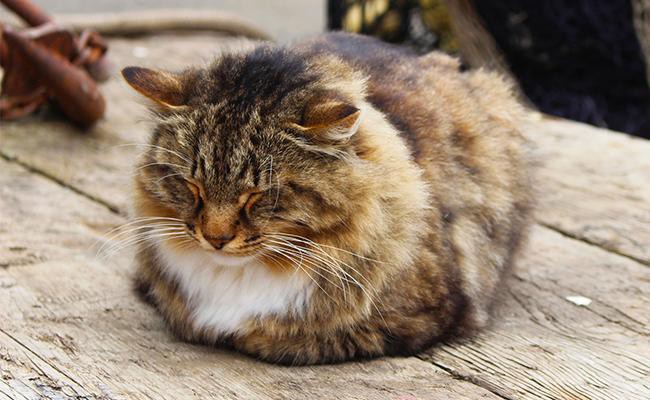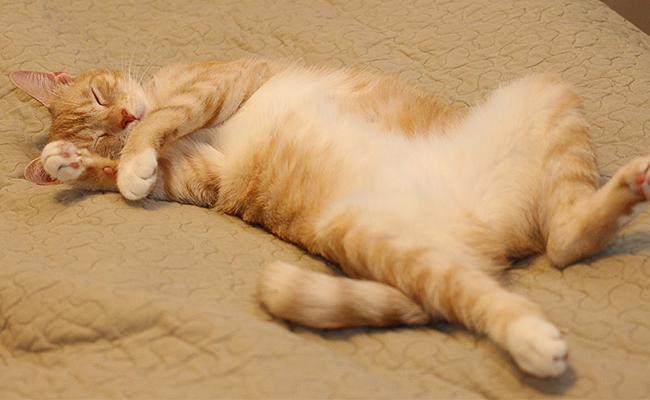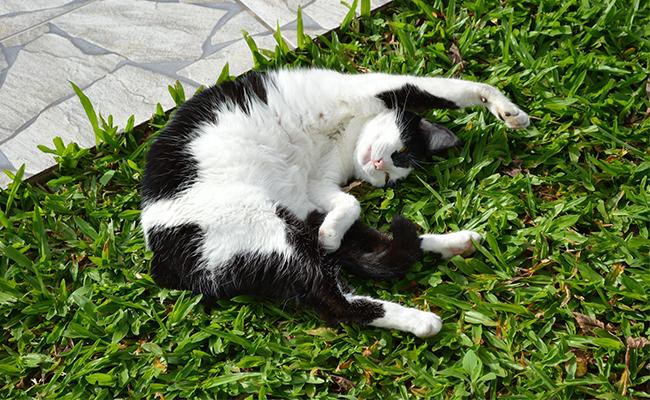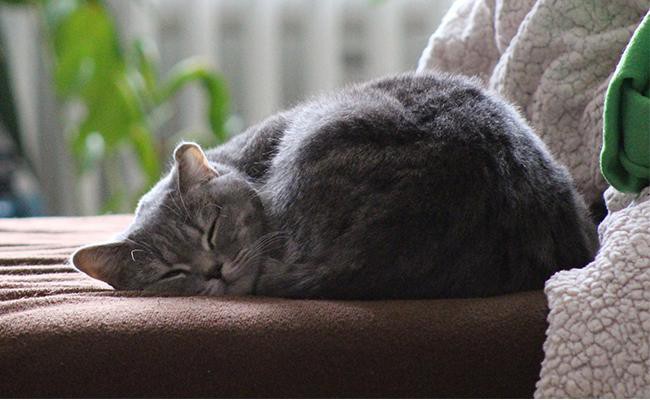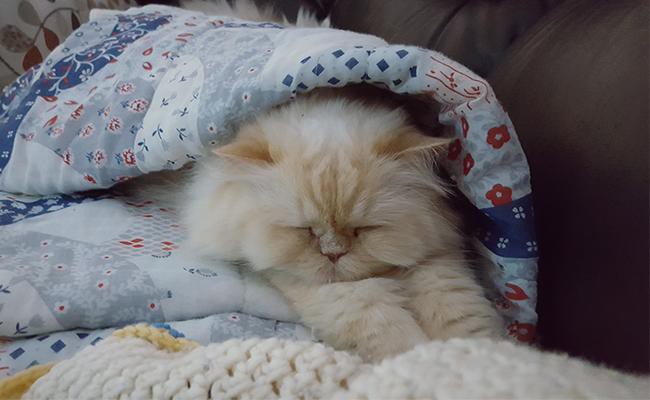Cat Pregnancy Calculator And Timeline
Cats are stone-cold geeks– but maybe that’s kinda why we love them so much.
The unexplainable hijinks of a cat’s character seem to challenge logic. This possibly makes them the most popular quadruped companion pet in the world.
Did you know what cats love more than anything else? Best believe it’s the art of sleeping.
If you have a cat, the most likely answer to the question ‘What’s she doing right now? is ‘taking a nap’. Feline experts aren’t certain why cats nod off so much.
A full-grown feline can sleep for anywhere between 13 and 16 hours a day. Irrespective of how playful your kitty is, they are snoozing champions. They may sleep all day long, particularly during its first several months.
Interestingly enough, Felines spent approximately two-thirds of their lifetime snoozing! At this rate, a nine-year-old cat would be awake for only about three years!
As your furball grows up, it will need less sleep than it did as a kitten. With this much time spent in sleeping, we may notice various sleeping patterns in our feline companions which we may not readily decode.
Your cat’s snoozing style is about more than just getting some rest.
Here are a few common cat sleeping positions and what they might tell us about our cats.
The Incognito Cat Or The Curler
What it means: “I’m asleep, Please stop playing with my toes.”
- What we humans like to call the fetal position, to a cat is curling up into a crescent with their head tucked in toward their chest and the tail in an elegant swoop around their body. This means that your furry pal may be sensing any nearby threats or dangers.
- You would be forgiven for thinking that your cat is cozy, and feeling relaxed. Sadly, the opposite is quite likely to be true.
- Cats usually sleep in this pose when they wish to conserve some extra heat on a cold day. Not only are they keeping themselves warm, but they are also keeping their vulnerable organs hidden and safe from the world.
- Our cat’s wild cousin does this, and it’s a hereditary instinct even the most pampered domesticated cat can’t curb it.
- While they’re asleep, they may also wrap their furry faces with their little jellybean toes. Sometimes, they could also be safeguarding their jellybean toes from poking fingers. An incognito cat usually wants to be left alone.
The Loafer Or Sphinxer
What it means: “Happy and Content – Loafing”
- When you see a cat sleeping in this position, “loafing” comes to mind; despite what you call it …We always called it sphinx, like the big ones in Egypt.
- Cats sitting in a position with their paws tucked in but otherwise remain upright (similar to loaves of bread) is cuteness overloaded.
- The meat, bread or cat loaf position is a term for the leg-tucked-under position that cats often do when they’re pleasant and pleased. They aren’t preparing to scamper away or defend themselves. Loafing helps radiate their charm to all in the vicinity.
- The tug boat pose may also help them retain heat. The temperature range in which they’re not expending any energy to use any energy heating or cooling themselves is 85-100 degrees Fahrenheit (Cats’ thermoneutral zone).
- Content cats will lay in this way and let their eyes close slowly. They’re mostly enjoying their comfortable surroundings but they’re ready to spring into action any time. You just tell him he looks like a gentleman when he folds his paws.
- A cat that trips furthermore into dreamland might form the “bowed loaf” with their forehead drops on the floor- Your cat is only feeling little lazier.
- Other variations of the cat loaf include the half loaf in which the elbows are exposed and the loaf boat which has one elbow exposed in the front (resembling a sailboat)
The Belly Up Cat
What it means: “I trust you …finally!”
- When your cat is napping on its back and belly up, this displays a sense of security and this is also the definitive sign of trust in you and the environment.
- This is also a more familiar position among indoor cats. A cat would likely never assume this position in an outdoor environment, due to concerns of exposing their adorably squishy section of skin to the wrong creature.
- The exposure of the belly is only done in the most trusted and safest of environments.
- When they’re sprawled out on your couch their belly facing the ceiling and their legs pointed at odd angles, it shows that the cat has thrown care to the wind so consider yourself complimented.
- When he rolls over, he may be telling that he trusts you — and he’s also testing that trust.
Side Sleeper
What it means: “Relaxing…”
Sleeping on their sides is considered one of the comfortable positions a cat can adopt and it is possible for some cats to enter into a deep sleep in this position.
The cat lies on its side with the limbs outstretched and paws may be resting gently on the ground or curled upwards. This means that your cat is not just pleased, but also it feels that it does not see any need to stay alert.
Side sleeping is a relaxation mode which usually results in longer and deeper sleep.
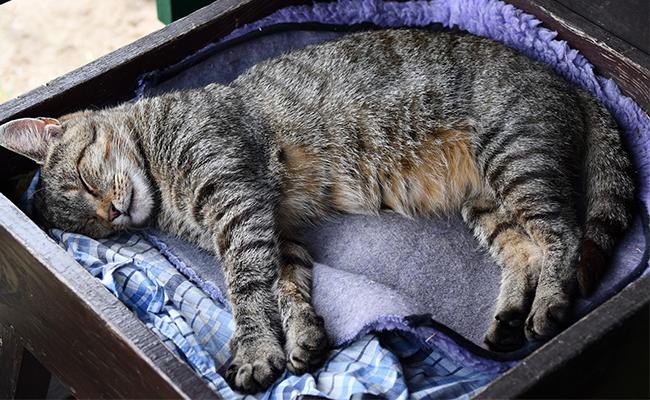
This sleeping position conveys that a cat feels peaceful and comfortable. They are not worried to reveal they’re vital organs. They have no worries in their mind and feel complete trust with both your presence and her environs.
Side sleepers are usually very cool, nonchalant and happy-go-lucky; usually, have a strong bond with their families.
The Contortionist
What it means: “Hilarious!”
- This is definitely one of the most hilarious positions that cats can sleep in.
- The cat will sleep all twisted up, head twisted at odd angles and leaves its limbs hanging in opposite directions to give the depiction of a spread-eagled slinky pretzel.
- When you see your cat sleep on her legs like this, it may crack you every time. While it seems the juggler cat might hurt due to odd angles, no need to worry.
- Cats have really flexible spines, thanks to the exceptional disks of their vertebrae with elastic cushioning.
- While the motive, perhaps, just a comfortable position for them and they must enjoy it, though. Also, they are aware of the laughter that they present their human family members and should do it willfully to make us laugh.
Ball Curler
What it means: “I am safe!”
- Other than Loaf Cat, this sleeping position is one we would bet all cats do. It’s the one you see most often in the house.
- Curling their body into a ball of fur helps to keep them warm, and makes them feel more secure since no vital organs are exposed.
- There’s no doubting it’s cute, and it also sends a message about your cat’s sense of safety and comfort.
- When an older cat does this often, it could be a sign of health problems or that it is suffering from something and is probably in pain.
Half- Eye Opener
What it means: “I’m ready any moment!”
Are they sleeping or not? It is actually sleeping with half-open eyes. They are in light sleep and can easily react to anything that may happen in their surroundings.
Remember, cats are natural predators and regardless of how domesticated they are, they still respond by instinct. A cat can be in this state for hours and a faintest of sound or anything out of place will make them jolt immediately.
They simply look for the most comfortable position to start dozing off. They would keep only one eye open and usually only half-lidded. You will notice a dazed look that will somehow indicate that they are actually in light sleep.
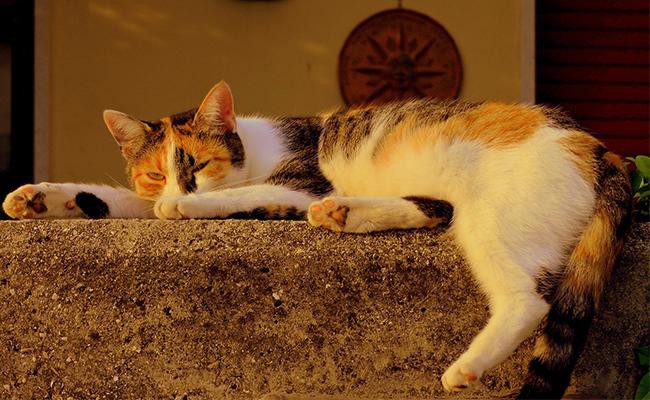
This is typical for newly adopted cats residing in families with boisterous kids to sleep with half-open eyes. This position indicates the kitty didn’t let its guard down and they are not getting proper sleep.
Even while on high alert, most cats actually do have a lie-down. They remain on the look-out during the first few minutes, before falling to catch some Zs.
The Face Plaffer
What it means – This is one of the cats’ favorite moves at the end of a busy day and it signals, “I do not want to be disturbed”.
- These cats typically bury their face with pillows, clothes, blankets… just about anything that covers them up.
- If you pet them in this position, they usually raise their head, and meow in a very irritating way. Then they’ll sigh and stomp off to go and sleep somewhere else.
- These Cats generally need a bit more affection than usual. When they are tucked away, your clothes give them feelings of security and comfort.
- In the wild, most of the cats would sleep in enclosed spaces; these may be inherited the trait from their time in the wilderness.
- This is not one we’ve ever seen in the kitchen cats, probably because the ‘Do Not Disturb’ message is one their foes would disregard.

